
This idyllic scene of a herd of grazing buffalo in the Lamar valley is not what it seems. It is a specially constructed life-size model prepared by our master dioramaticians here at *The Institute. Many of our readers know that there are many divisions, departments, sections, areas, teams, worker bees and bee-ettes, programs, units, centers, groups, systems, agencies, bureaus, commissions, that make up The Institute. We even have an office just to keep track of all the different divisions, departments etc. where important work is done.
One of our lesser known departments is the bureau of Procurement, Construction and Installation of Dioramas or PCID as it’s known in the trade. It is there that we make the amazing dioramas that you see in many of our National Parks and other places where they don’t have adequate scenic areas for the public to view.
If a National Park or even a scenic-poor state such as Utah or parts of Arizona want to dress up their highway systems with dramatic views they will contact The Institute where we will develop a plan to add interest along some of their more desolate roads, thereby transforming those roads into revenue-producing Scenic Byways. The State or National Park then has the option of adding roadside stands, local entrepreneurs, and whatever local color they think might add interest.
Another use for our patented, modular, fade-resistant, weatherproof dioramas allows game-poor parks such as Yellowstone National Park to have animals in scenic environments on demand for those times when the live animals are not present or have been killed off by local residents around the park.
Our unique but uncanny ability to mimic local conditions, coupled with incredible taxidermy techniques allow our experts to create dioramas such as this Diorama of a buffalo herd along the roadside in the Lamar valley, that defy detection by anyone cruising by it at 45 – 60 mph. Plus our patented Extend-A-View ™ Dioramas let us create dioramas that can extend for several miles along an otherwise dull and boring road, keeping the occupants interested and thinking of lunch or possibly souvenirs of the amazing “Scenery” they are passing by. We can also supply a more complete package with our dioramas that include a complete line of scenery specific souvenirs, knock-down roadside stands, trained actors that can simulate the local culture and color, plus accessories such as a live horse that can be tied to the side of one of our retail units providing sure-fire traffic stopping appeal. Other animals available upon request.
No detail is spared when you order one of our complete dioramas. The diorama above, our deluxe Buffalo Extravaganza, includes approximately 1800 full size American Made, Plains or Mountain Buffalo, each with life-like glass eyes and true-to-life coloring, plus a large assortment of cottonwood trees all with drip tube watering systems, or if necessary due to budget constraints, these trees can be constructed of a special weather-resistant Paper Mache guaranteed for 3 years, and our own proprietary turf made of recycled tires.
Many of you have driven by our dioramas and didn’t realize it. Those of you who have visited Zion National Park and marveled at the Desert Bighorn sheep located near the tunnel at the east side of the park will be surprised to know that was our model “Desert Bighorns and Laser-etched Rock Formation #66903”. Or perhaps you have been to the Mt. Evans Scenic Byway in the Rocky mountains where you will have seen one of our largest installations, the “Mountain Goat and Craggy Scary Drop-off Cliff installation, #994216-a”. We provided all the natural looking gray boulders that litter the mountainside and installed close to 3000 life-like Mountain Goats and Bighorn Sheep all over the 14,000’+ mountain, some of them animatronic in nature to provide movement and interest for those hardy tourists wheezing by the side of the road.
We are currently working on a secret installation of a completely different nature than we have ever attempted before, for a not to be named city near Puget sound. The parameters so far are for us to provide a complete aquatic diorama that will include sea life such as ship-resistant whales and animatronic Orcas, or killer whales, that can do tricks such as flip baby seals into the air and catch them in their mouths, plus many other items too numerous to mention. Estimated date of installation will be early 2019.
The next time you’re on a vacation in Yellowstone and see some spectacular looking scenery look for the little brass plaques saying “This Scenery provided by The Institute” to the trees and other hard surfaces and give one of our buffalo a good rap in the side to see how life-like it feels. You’ll be surprised.
* Note: For those of you unfamiliar with The Institute and what it does, please see the page labeled The Institute on the Menu Bar above. That should explain everything. You shouldn’t have one single question remaining regarding The Institute after reading it. None. For those of you favored few who already know about the Institute, Nevermind. Return to your daily activities. Thank you for your support.

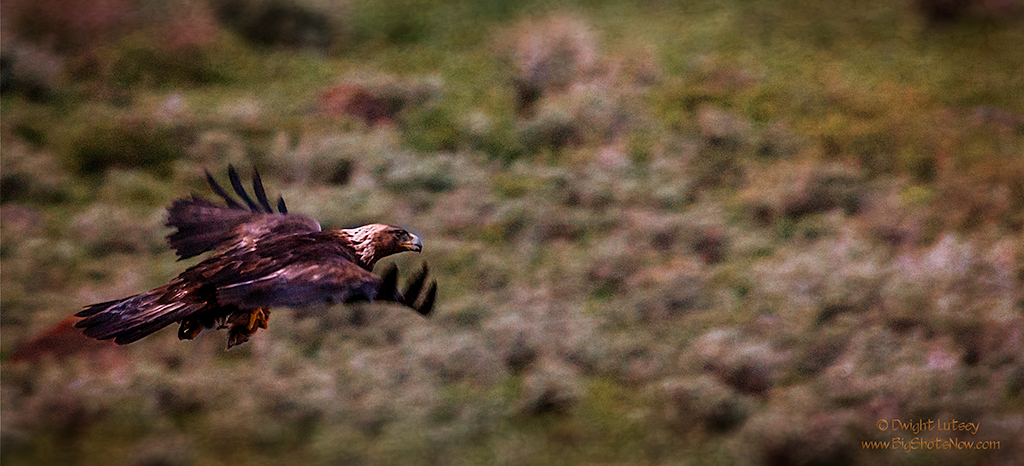

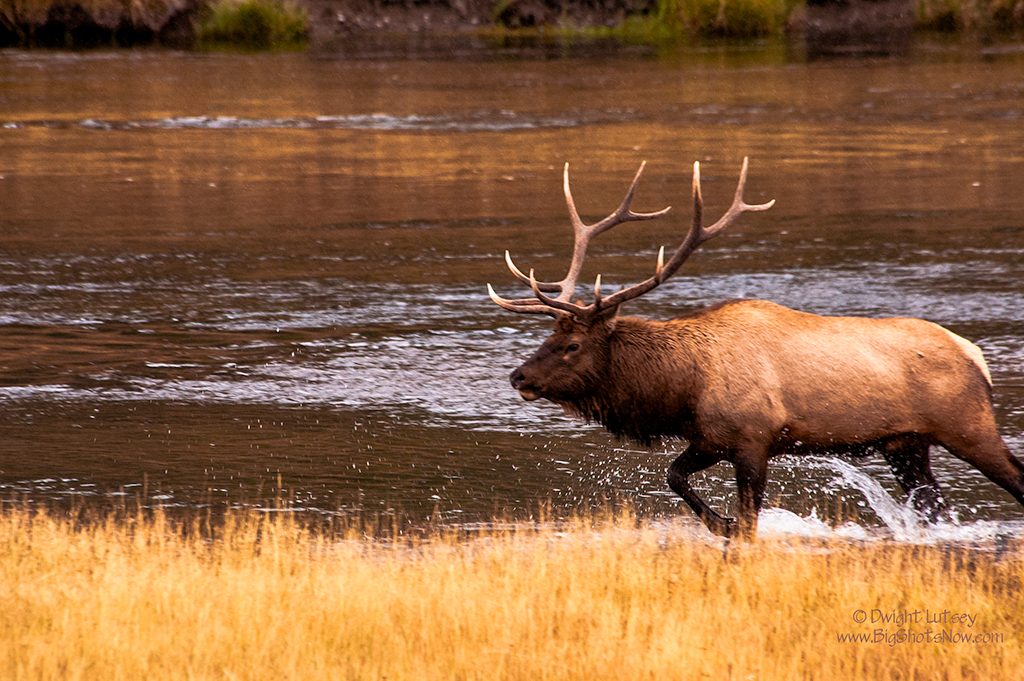
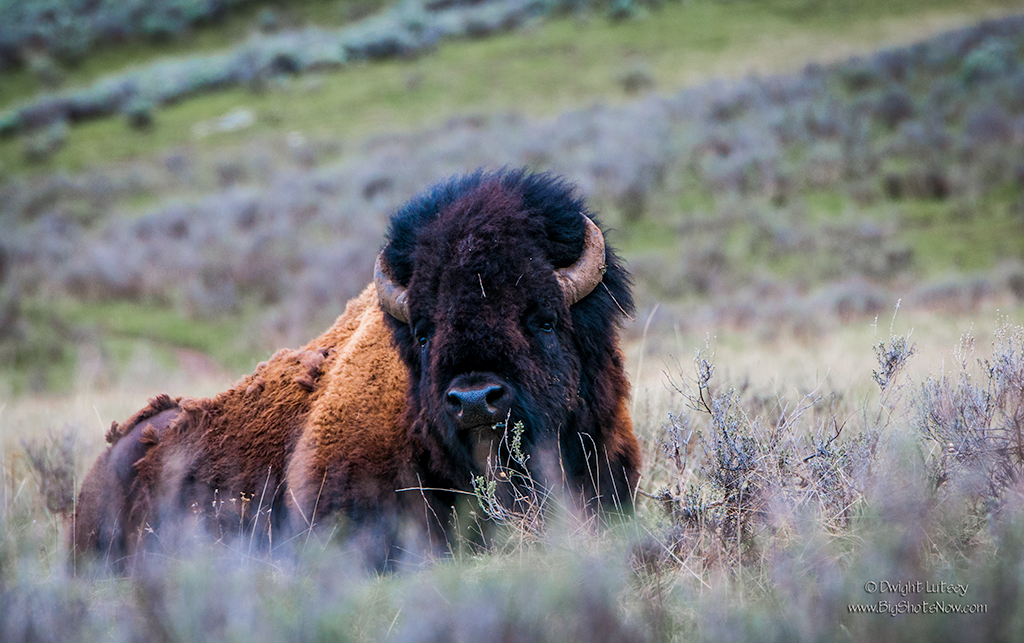
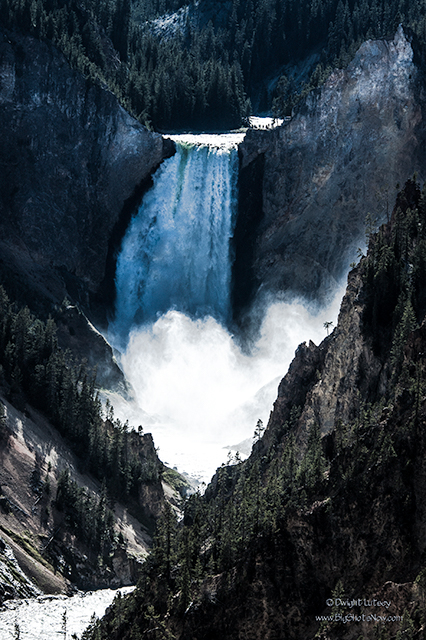
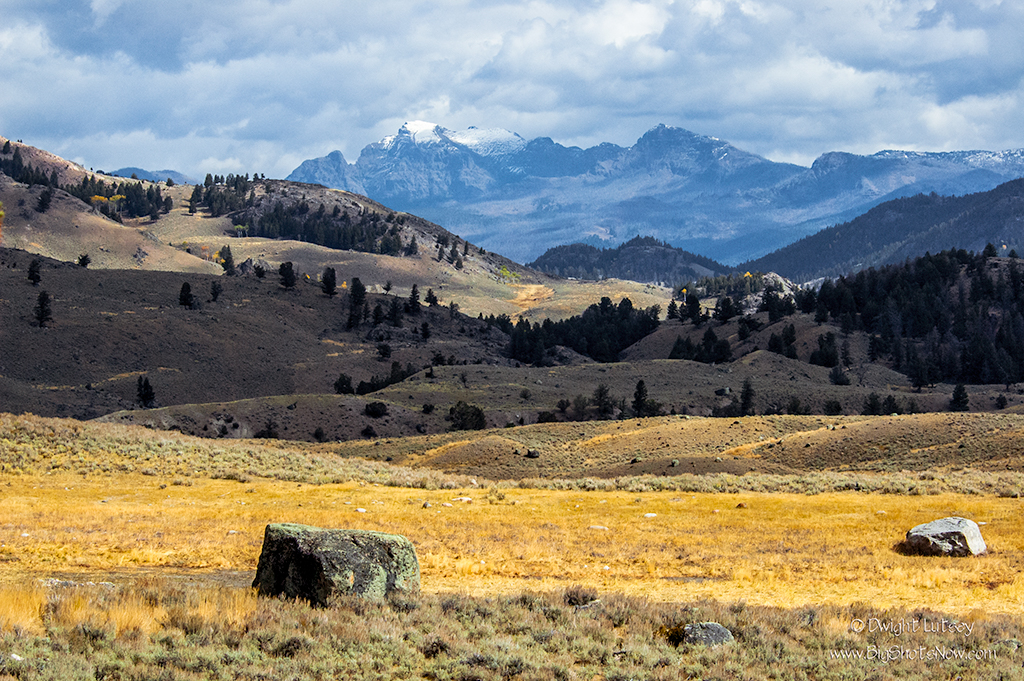
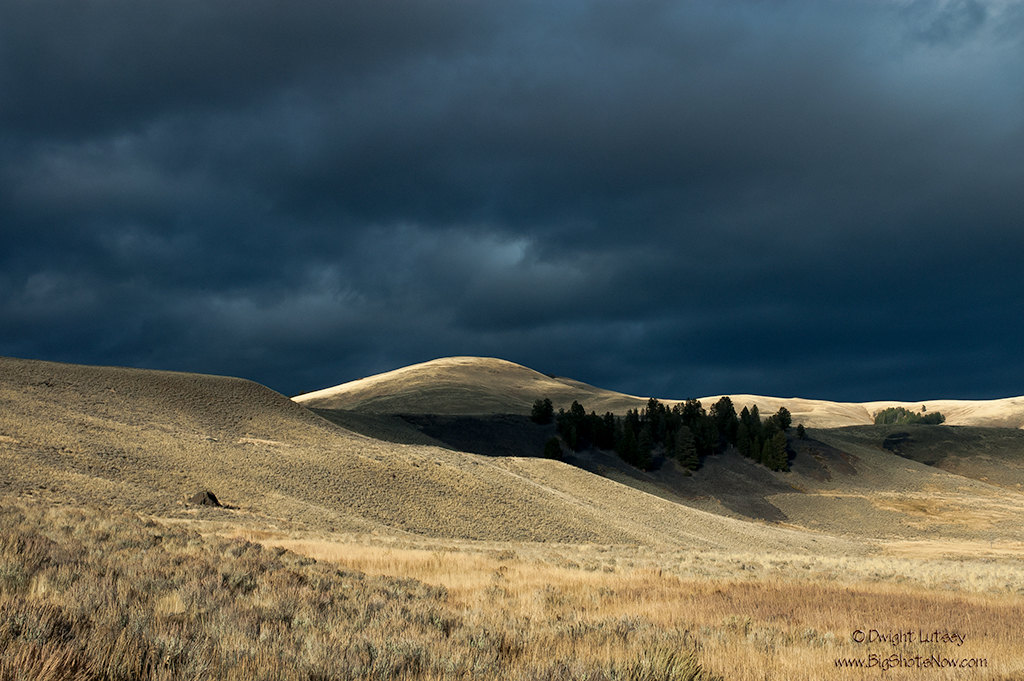
You must be logged in to post a comment.